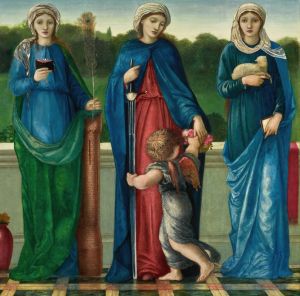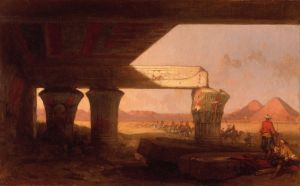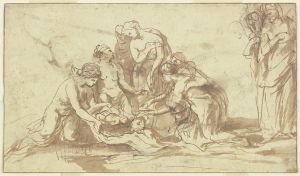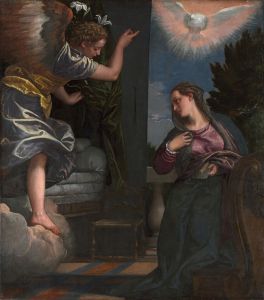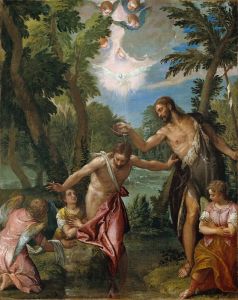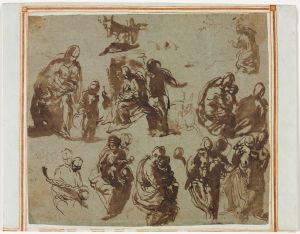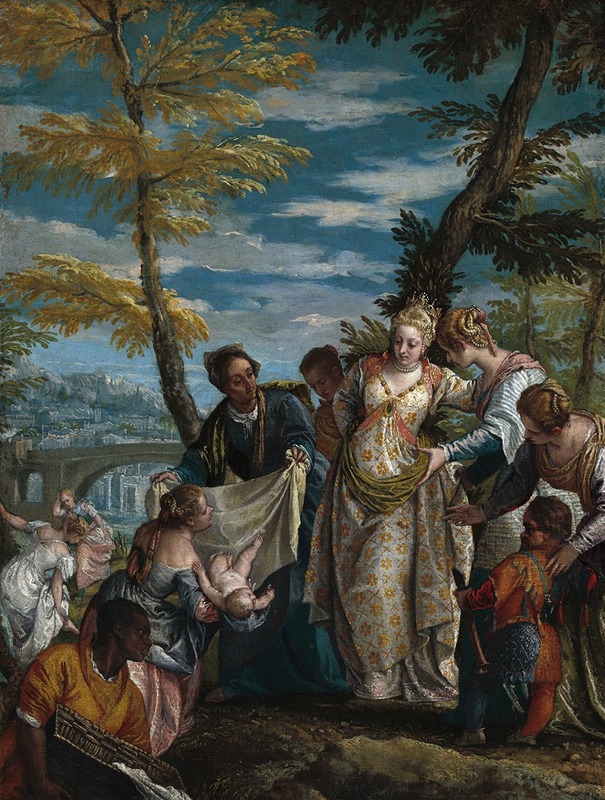
The Finding of Moses
A hand-painted replica of Paolo Veronese’s masterpiece The Finding of Moses, meticulously crafted by professional artists to capture the true essence of the original. Each piece is created with museum-quality canvas and rare mineral pigments, carefully painted by experienced artists with delicate brushstrokes and rich, layered colors to perfectly recreate the texture of the original artwork. Unlike machine-printed reproductions, this hand-painted version brings the painting to life, infused with the artist’s emotions and skill in every stroke. Whether for personal collection or home decoration, it instantly elevates the artistic atmosphere of any space.
The Finding of Moses is a painting by the Italian Renaissance artist Paolo Veronese, created in the late 16th century. Veronese, whose real name was Paolo Caliari, was a prominent figure of the Venetian school of painting, renowned for his use of vibrant color, intricate compositions, and depictions of grand, theatrical scenes.
This artwork illustrates the biblical story of the discovery of the infant Moses, as described in the Book of Exodus. According to the narrative, Moses was placed in a basket and set adrift on the Nile River by his mother to save him from Pharaoh's decree to kill all newborn Hebrew boys. He was later found by Pharaoh's daughter, who adopted him as her own. Veronese's painting captures the moment when Pharaoh's daughter and her attendants discover the child.
The composition of the painting reflects Veronese's characteristic style, with a focus on opulence and drama. The figures are elegantly dressed in richly detailed garments, showcasing Veronese's mastery of texture and color. The setting is lush and idealized, with a sense of grandeur that elevates the biblical story to a scene of courtly splendor. The artist's use of light and shadow enhances the depth and dynamism of the scene, drawing the viewer's attention to the central figures.
Veronese often incorporated elements of Venetian culture and aesthetics into his works, and this painting is no exception. The attire and demeanor of the figures reflect the influence of 16th-century Venetian society, blending biblical themes with contemporary visual language. This approach was typical of Veronese's work, as he sought to make religious stories accessible and engaging to his audience.
The exact date of the painting is not definitively known, but it is generally attributed to the later period of Veronese's career. The painting is housed in the Museo del Prado in Madrid, Spain, where it remains an important example of Veronese's artistic legacy. The museum's collection includes several works by Veronese, highlighting his significance as a master of the Venetian Renaissance.
Veronese's The Finding of Moses exemplifies his ability to combine narrative, artistry, and cultural context into a cohesive and visually stunning work. The painting continues to be admired for its technical brilliance and its ability to convey a timeless story with elegance and vitality.





